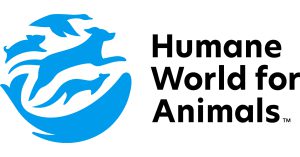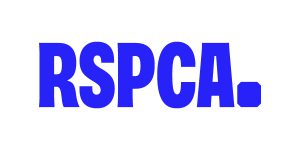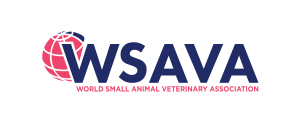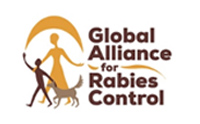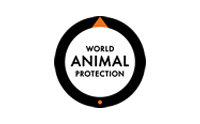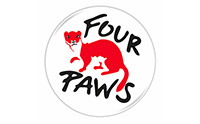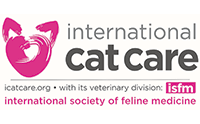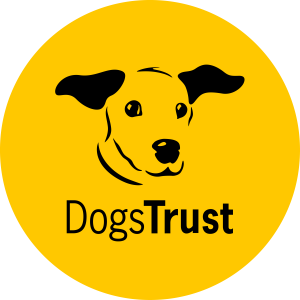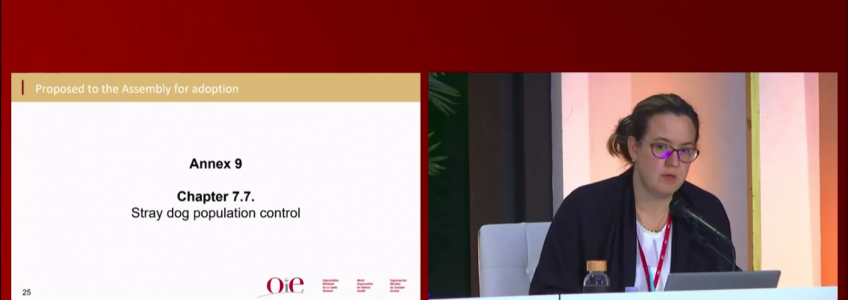
Today at the 89th Annual General Session of the World Organisation for Animal Health, the OIE, the member countries voted to approve the update to Chapter 7.7, including a significant title change to Dog Population Management.
Who is the OIE?
The OIE is an intergovernmental organisation responsible for improving animal health worldwide. OIE has 182 member countries and each country assigns at least one person to be the OIE delegate, this is usually the Chief Veterinary Officer of the country.
A key role of the OIE is developing standards with expert working groups and in collaboration with member countries. These standards are written guidelines to help member countries improve animal health and welfare. These standards cover terrestrial and aquatic animal diseases, they also cover issues of importance to animal welfare, and it is in section 7 on animal welfare that we find Chapter 7.7 providing guidelines on dog population management.
Why does this chapter matter?
Although the OIE standards are not legally binding, member countries sign up to the OIE with the expectation and intention to incorporate the OIE standards in their national legislation; in this way the content of the standards can become legally binding within each country. The standards can also influence other policy instruments like national action plans and funding, so for those with the role of implementing dog population management they can be a very important advocacy tool.
Where can I access the updated chapter?
Chapter 7.7 is part of the Terrestrial Animal Health Code and is accessed here.
So what’s changed?
This chapter originally joined the OIE standards in 2009 under the title ‘Stray dog population control’. This 2022 update presented to the 89th Annual General Session involved a significant text overhaul. However, these text and structural changes were mostly in pursuit of clarification, whilst the major concepts have mostly been sustained.
- Chapter title change from ‘stray dog population control’ to ‘dog population management’, and the introduction of the acronym DPM – this gives emphasis to a really important point – that DPM needs to take a systems approach that addresses the whole dog population, importantly addressing sources of future free-roaming dogs, rather than classic ‘stray control’ that takes a somewhat myopic view of only the current ‘stray symptom’ and not the cause.
- Increased emphasis on responsible dog ownership; the relevance of owned dogs and owner behaviour was expressed in the original chapter, but the update sees this concept upfront and centre with a clear guiding principle “Acknowledging that the owned dog population is a common source of free-roaming dogs, DPM programmes should consider all dogs”, and application of this principle throughout other parts of the text.
- There has been a tendency for national government to dismiss DPM as a local authority issue, leaving a gap in central legislation, funding and attention to the issue. So the update clarifies the role of the competent authority at the national level and explicitly recommends a national action plan for DPM. However, it also recognises that implementation of DPM measures will still mostly fall to local government, so this national action plan should enable local implementation of DPM programmes whilst respecting that these programmes will need to be tailored to local dog population dynamics.
- The contribution of DPM to rabies control is clearly an important issue, not least for the OIE who have stated their commitment to ZeroBy30, provide an international standard for rabies elimination (Terrestrial Animal Health Code Chapter 8.14) and a rabies vaccine bank for those countries with robust plan for rabies elimination. Importantly, that plan for rabies elimination must include a recognised dog population management element. The updated chapter 7.7 has several references to chapter 8.14 and also includes proposed mechanisms through which DPM can contribute to rabies control. Specifically through reducing turnover, reducing breeding behaviours and encouraging responsible ownership including proactive efforts to vaccinate dogs regularly.
- The process of population assessment, planning, monitoring and evaluation to ensure well designed and adapted DPM programmes come together in subsequent and expanded articles. Led by an article that talks about ‘evidence-based DPM programme development’ and the role of the competent authorities in supporting this approach.
- There is one change that may initially surprise us in the NGO movement for dogs, and that is removal of the NGO paragraph from the ‘responsibilities and competencies’ article. This change was made because NGOs have now been encompassed within the definition of veterinary services which “means the governmental and non-governmental organisations that implement animal health and welfare measures and other standards and recommendations in the Terrestrial Code and the OIE Aquatic Animal Health Code in the territory” (from the glossary of the Terrestrial Code). As veterinary services get nearly top billing as paragraph 2 article 7.7.8, we are arguably reflected as important implementers in this field. NGOs are also mentioned as relevant stakeholders within Advisory groups supporting the development of DPM programmes and national action plans.
So what stays the same?
As this update can be considered more as an evolution and not revolution, lets also consider what has stayed the same in chapter 7.7.
- The first rule of veterinary care is ‘first do no harm’, and one could argue that this is a primary role of the OIE – to guide veterinarians around the world in how to improve health and welfare without causing harm in the process. In keeping with this role, the introduction to the updated chapter includes the clear statement that “it is important to manage dog populations without compromising animal welfare, in accordance with Chapter 7.1” – a similar statement appeared in the original chapter.
- Retention of the statement that “euthanasia of dogs, used alone, is not effective (for DPM)” with a related new statement in the introduction that “Recognising that mass culling of dogs is ineffective and may be counterproductive, reducing dog population size is not an effective means of reducing rabies prevalence”, echoing a similar statement by the World Health Organisation on page 79-80 of their ‘blue bible’ for rabies, the WHO TRS No. 1012.
- The OIE position on euthanasia in this chapter has also remained the same, that when used it must be done humanely, but there is no direction on when euthanasia should or should not be used. The update to the euthanasia methods article may also stand out, because it makes such a significant difference to the length of the text. The original chapter had a long table listing many ways to kill a dog humanely, some perhaps theoretical rather than practically ever used. In comparison, the updated chapter simply outlines what is recommended, leading with intravenous barbiturates, and then has retained and expanded a list of methods that are unacceptable on animal welfare grounds. The retention of this unacceptable list is important, as the use of cruel methods of killing is still done in some countries and this OIE position can be useful for those of us advocating against these inhumane practices.
- The DPM measures – the how of population management – are also very similar to the ‘control measures’ in original chapter, with some clarifications and expansion of guidance (for example, there is an expanded requirement for how surgical sterilisation must be carried out including “good animal handling, good surgical technique, a good standard of asepsis, appropriate anaesthesia and proactive, multi-modal pain management maintained throughout and adjusted to the individual animal as needed”). There is also one new measure – ‘Access to veterinary care’ – this new measure again emphasises the overlap with rabies control through access to dog rabies vaccination. But it also supports the concept that responsible ownership is central to dog population management, and that to fulfil their responsibilities these owners need access to veterinary services to keep their dogs healthy, happy and wanted.
- The importance of changing and promoting responsible human behaviours when managing dog populations remains a guiding principle in the update, as it was in the original chapter.
- That DPM is a multi-sectorial issue and benefits from the guidance of a multi-stakeholder advisory group was included in the original chapter and remains a clear recommendation within the update. Further, the updated chapter expressly states that DPM is “in line with the One Health approach”.
How does this compare to ICAM’s DPM guide?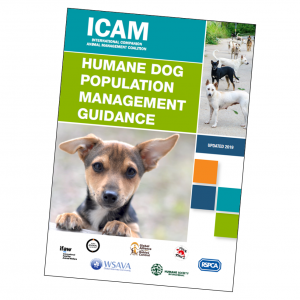
Our ICAM dog population management guidance was initially published in 2007, with an updated version launched in 2019. There are many similarities between ICAM and OIE’s guidance on this same subject. Including an evidence-based approach to designing and adapting dog population management, a role for national government in enabling local implementation and the need to act humanely in the delivery of all DPM actions.
The main difference is in the level of detail, with ICAM providing more guidance on field application, including case studies and ‘how-to’ resources. We also provide more emphasis on the role of community engagement, as part of 4 foundational components of a DPM system, providing the legal basis, political will and social motivation to drive effective DPM ‘services’ – our term for ‘measures’. Conversely, the OIE chapter is more prescriptive about roles and responsibilities, recommended regulations and standards of dog housing and euthanasia methods.
These similarities are important. We see ICAM’s work and guidance supporting this OIE chapter in implementation. The chapter provides an excellent framework that when enacted humanely, sustainably, and thoughtfully – designed and adapted using an evidence-base – will lead to a positive dog-human relationship, maximising the benefits of a harmonious coexistence and minimising risks to both human and animal health, welfare and the environment. We are currently developing an online DPM course that will bring our DPM guidance to life, allowing people to interact and navigate their own learning journey throughout the story of humane and effective dog population management. Throughout this course we are referencing articles and quotes from the OIE chapter, establishing where we are expanding OIE guidance or referencing where the OIE standard provides greater detail. We believe the learning enabled by our online DPM course, supported by the policy framework provided by the updated OIE standards, will together provide another step forward for humane dog population management implementation.
In conclusion
We hope the humane DPM field welcomes this OIE chapter 7.7 update and can see their good work reflected in these standards. Taking this as an opportunity to advocate for more support and celebrate where they are achieving benefits through internationally recognised approaches, leading to better outcomes for people and dogs.
About International Companion Animal Management (ICAM) Coalition
ICAM supports the development and use of humane and effective companion animal population management worldwide. The coalition was formed in 2006 as a forum for discussion on global dog and cat management issues.
Our key goals are to:
- Share ideas and data
- Discuss issues relevant to population management and welfare
- Agree definitions and hence improve understanding
- Provide guidance as a collegial and cohesive group
Contact information: info@icam-coalition.org
Twitter: @ICAMCoalition

